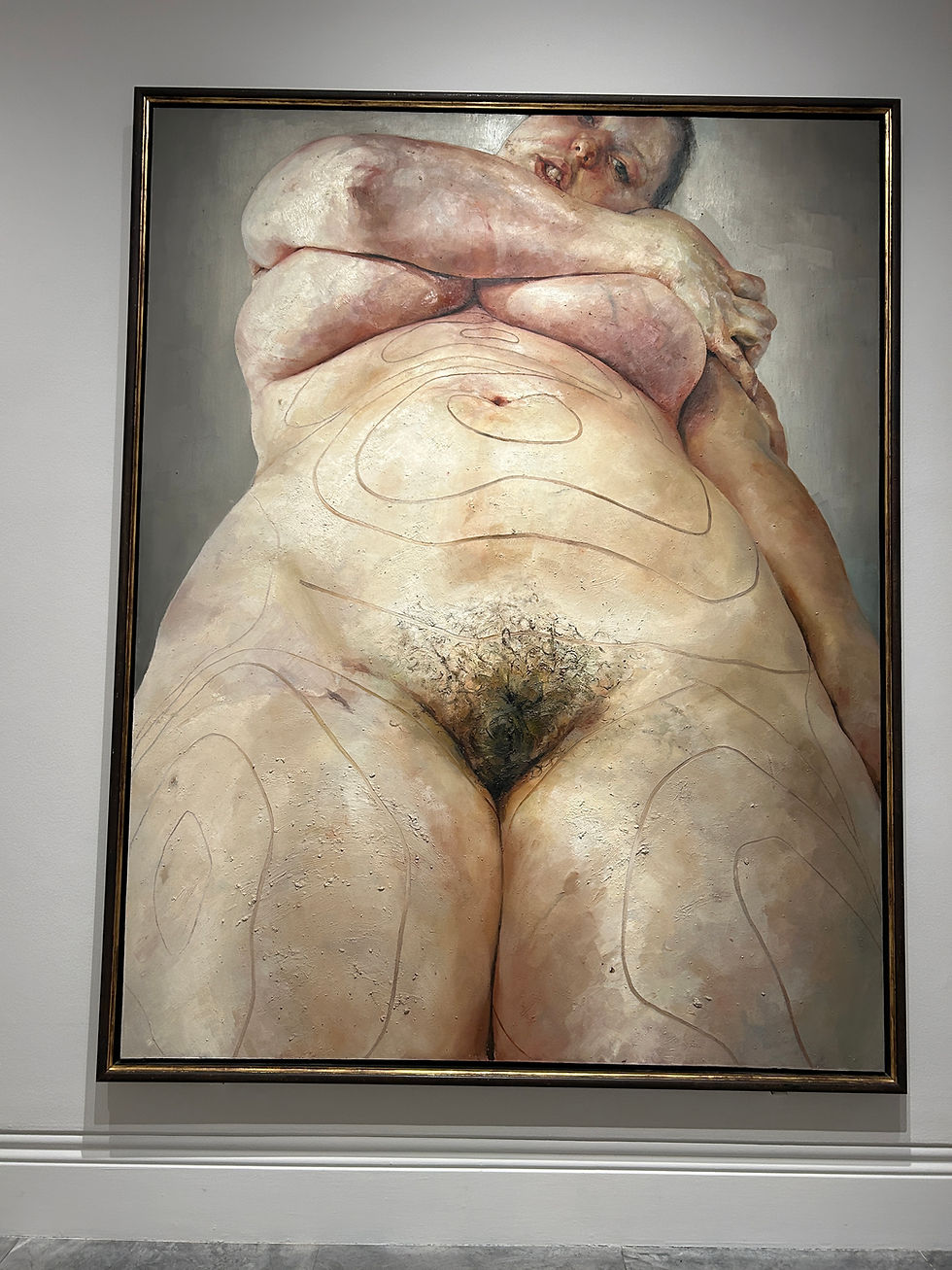Graham Sutherland & His Sketchbooks
- suzannenicholl
- Mar 14
- 3 min read
Updated: Mar 17
'I have a horror- once lost in work, of being disturbed. If I could barricade myself within a ring of rocks I would be pleased! But I can say that only by filling these notebooks, is there any likelihood that an idea will emerge at all' -
Graham Sutherland 1973

I was late to know Graham Sutherland's work, but this painting Entrance to a Lane 1939, struck a cord the very first time I saw it. Not least because we happen to share a love of Pembrokeshire, but also, I know that lane!
It's in a small village not far from where I grew up that holds fond memories for me, but is well off the tourist route.
So I was intrigued to learn more about a man, and artist who took notice of these otheriwse inconsequential details.
Graham Sutherland (1903–1980) was a visionary British painter whose work bridged the realms of the figurative, abstract & surrealism.
Known for his deeply expressive landscapes, portraits and prints, Sutherland brought a profound sensitivity to the natural world, revealing not just its physical form but its emotional and spiritual essence.

His mastery lay in capturing the raw, often mystical energy of the land, and nowhere was this more evident than in his connection to my homeland of Pembrokeshire.

In the 1940s, Sutherland discovered the untamed beauty of Pembrokeshire’s coastline, where jagged cliffs, sweeping beaches, and ever-changing light became his muse.
It was here that he found a profound, almost otherworldly inspiration. His works from this time go beyond mere representation, offering viewers an intimate glimpse into the elemental power of the landscape. The wildness of the coast, paired with Sutherland’s unique vision, resulted in paintings that feel timeless, capturing the energy of nature in all its grandeur.

Sutherland’s Pembrokeshire works are more than just landscapes; they are explorations on the relationship between human existence and the land that shapes it. This is an element of his work I find fascinating. See the link below to the BBC series 'British Masters', for more about this.
Sutherland's legacy in this part of Wales endures, inspiring those who value the beauty of the natural world, alongside artists who seek to evoke emotion and depth through their depiction of the landscape.
Here are a few resources if you're interested in exploring Sutherland's work further:
The Tate has an online archive of 40 sketch books to view, providing an insight into his approach to capturing his emotions and experiences.

This four part BBC series examines post WWII British artists providing a fascinating insight into the man and his use of the thorn as an enduring motif in some of his greatest works.

This film shows us around a past exhibition.
Art history tutor Steve Carroll has produced this film on his favourite artist. If you can get past school teacher approach, this its has some interesting points.
And finally a film exploring Sutherland's war effort which captures his experience within heavy industry across the UK at the time WWII.
I hope you found a thread of inspiration in Sutherland's work. If you have some good resources that I've missed I'd love to know about it, so please get in touch.
Thanks as always for being here.
If you'd like to view some of my Pembrokeshire paintings click on the image below and you'll be transported to Stormscapes which I completed in Spring 2024. You can read how they came about here.





Comments